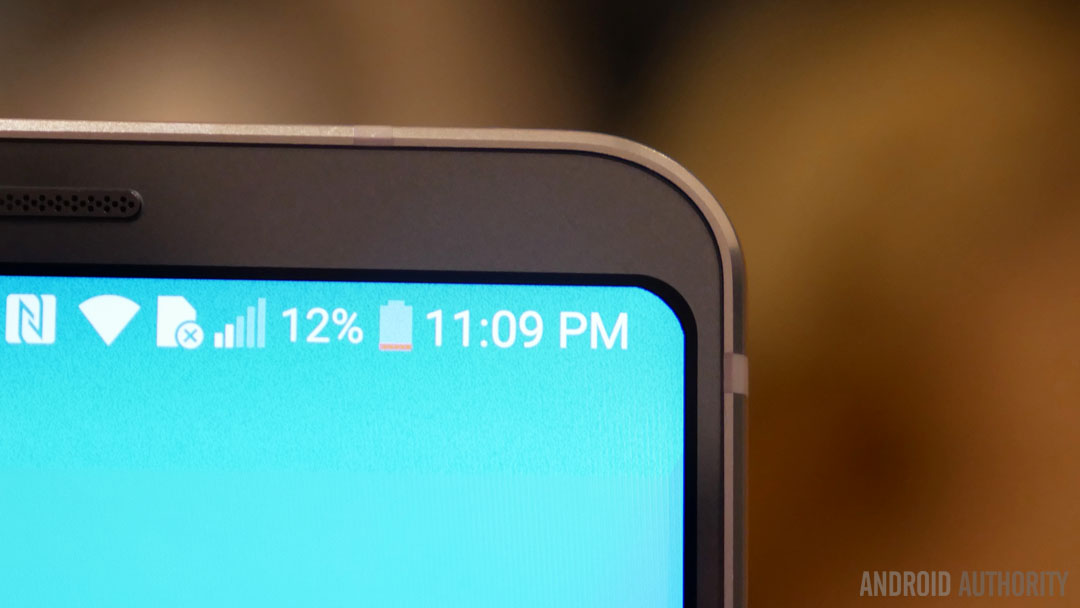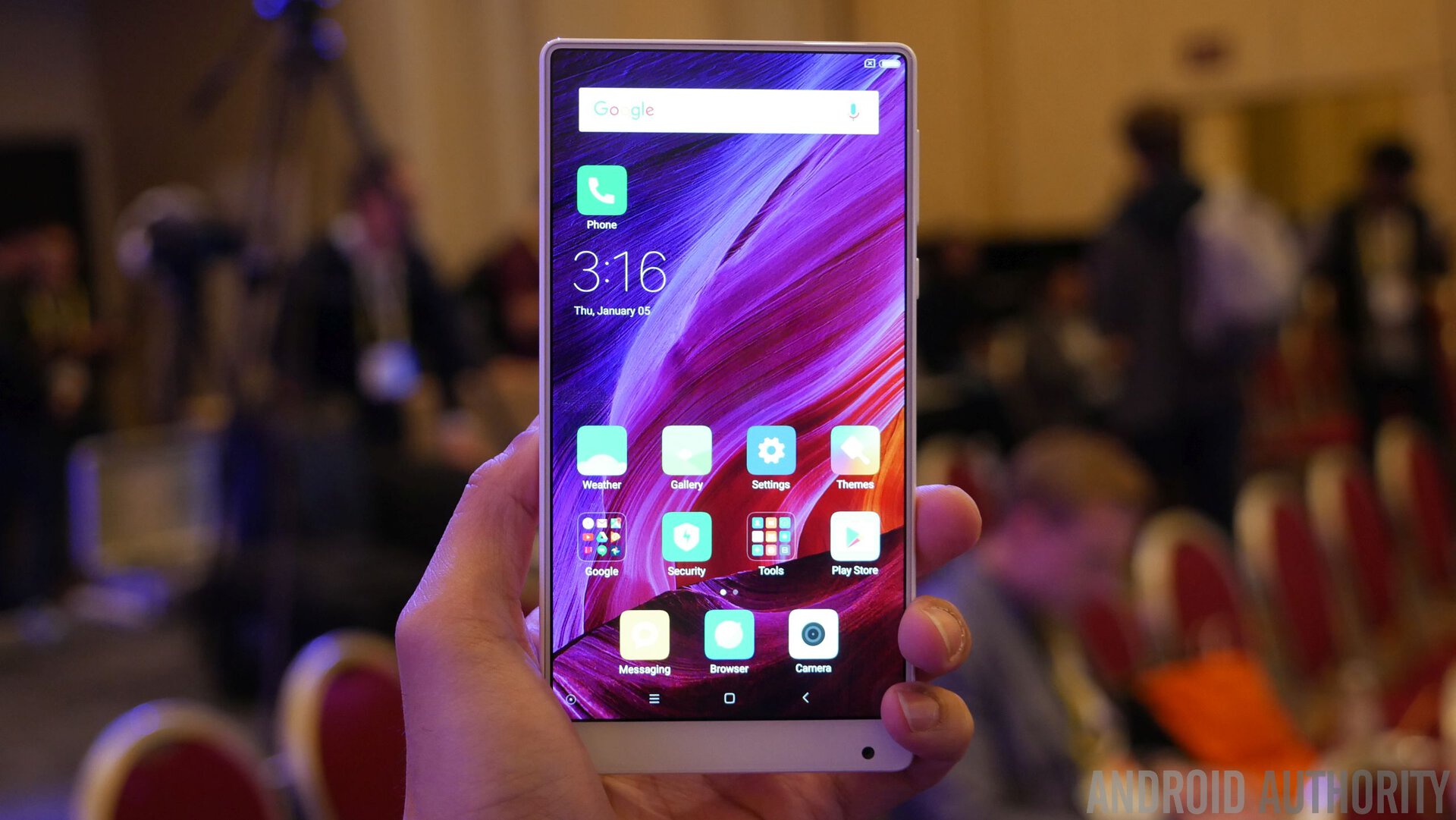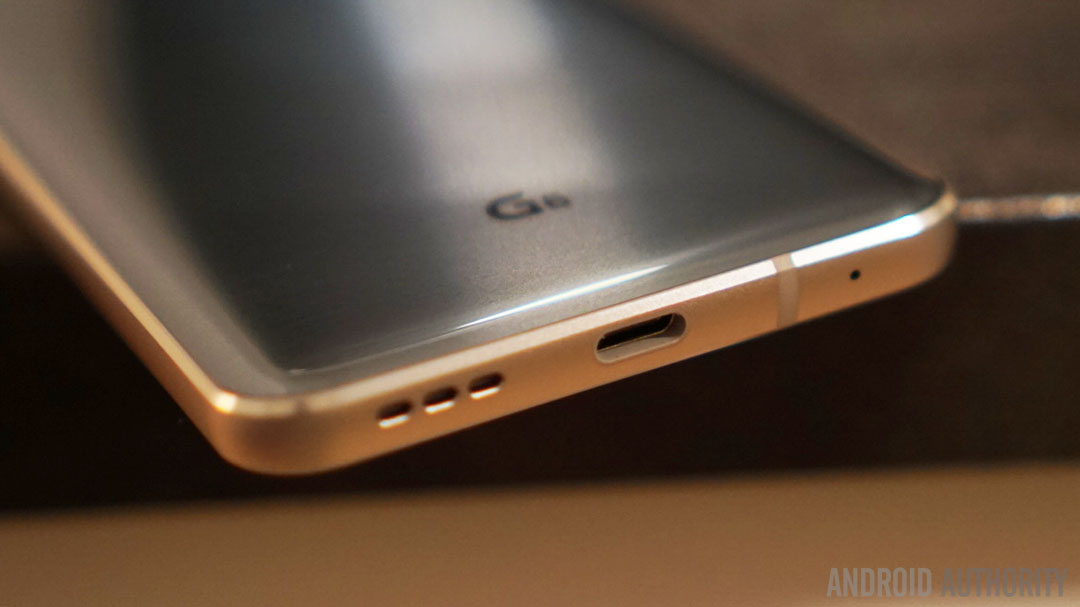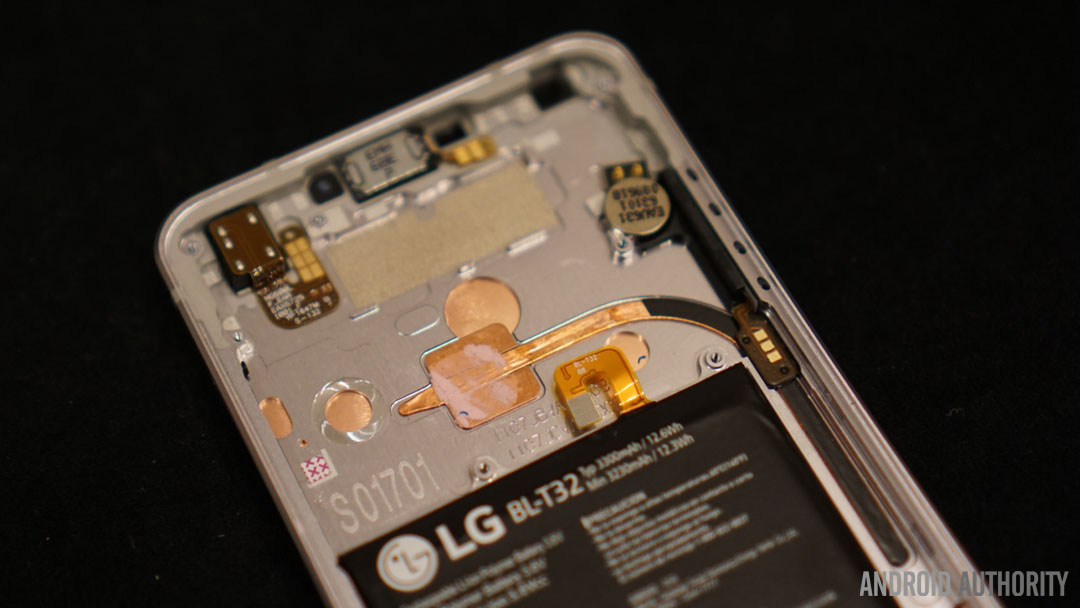Affiliate links on Android Authority may earn us a commission. Learn more.
The curved corners on the LG G6 are not just cosmetic

The LG G6 display, like the Galaxy S8 and many other phones that will follow it, has curved corners. This may seem like little more than a cosmetic affectation at first glance, meant to enhance and echo the curves of the device itself which, thanks to the G6’s small bezels, are very much closer to the screen than on most phones. But there’s a lot more going on behind those rounded corners than looks.

In the build-up to the G6 announcement, LG teased certain features of the phone: water-resistance, Google Assistant, reliability. Unknown to most at the time, LG emphasizing reliability was about a lot more than just optimized battery life or stutter-free software (or bootloop prevention for that matter). As far as I can tell, LG’s take on reliability here falls into three broad categories: display, battery and thermal management.
Display
First up, those display corners. The curves on the G6’s display glass do cover angular corners underneath, but not right angles. The corners of the G6 display are chamfered, so there’s a 45-degree angle between the horizontal and vertical edge of the screen: think of a piece of paper with the corners cut off.
By spreading that force across a larger area, LG can reduce the risk of the G6's display cracking.
LG did this to reduce the risk of display damage when the G6 is dropped. LG’s internal testing reveals the majority of phone drops result in impact on a corner. When all that force is transferred to a “sharp” corner of the display, the likelihood of damage is increased. By spreading force across a larger area, LG reduces the risk of the G6’s display cracking.
According to LG, after 50 cycles of its internal tumble test, the G6 came out functional 70 percent of the time while every competitor device suffering some form of glass crack 100 percent of the time. You’d be well-advised to take this data with a grain of salt, but time will tell just how durable the G6 display is. That said, it’ll be interesting to see if Samsung takes a similar chamfered approach with the Galaxy S8 display.

Battery
The G6 also has a more reliable battery. In order to completely avoid any risk of the same kind of problems that affected the Galaxy Note 7 last year, LG is using a battery designed for safety and reliability.
In the G6’s battery, the separator between the anode and cathode is almost twice the size of that found in the Galaxy Note 7 (15.5 microns vs 8.5 microns). The G6 also has a larger “ceiling” around the battery and the phone’s metal frame uses an I-beam construction to make it more rigid and strong, further protecting the battery from potential damage as well as the display.
In the G6's battery, the separator between the anode and cathode is almost twice the size of that found in the Galaxy Note 7.
LG applied very strict standards when testing the G6’s battery: using higher hot-box temperatures than the competition (this is, of course, hard to verify) and adding nail-penetration tests to assess the G6 battery’s stability even under extreme conditions. Other battery features are just for convenience, like the ability to charge the G6 when it’s wet by using wireless (PMA and WPC) rather than a cabled connection.
LG also uses what it calls an Optimal Charging Algorithm to constantly monitor battery age and temperature. By adjusting the voltage and current according to the battery’s condition, LG claims it can prolong the life cycle of the G6 battery beyond its competitors. That means higher capacity for longer, more charge cycles and better battery stability. Again, only time will tell.

Heat
When LG first started confirming details about the LG G6 publicly, the inclusion of heat pipes was in the first wave of disclosures alongside the 5.7-inch QHD+ display and its new aspect ratio. Using thin copper pipes inside a smartphone to dissipate excess heat from the processor and the display driver is nothing new: both computers and other smartphones have made use of this for ages.
LG G6 has two heat pipes, one for the chipset and another for the display driver.
But the LG G6 has two heat pipes, one that completely covers the display driver, located along the bottom edge of the phone, and another that directs heat away from the chipset, positioned above the battery.
LG says one of the first things it did when designing the G6 was ensure these two heat sources were located as far away from one another as possible. The aluminum mid-frame also helps draw heat away from these critical areas and pushes it to the metal edge where it is further dissipated.
LG has put a lot of thought into ensuring the LG G6 is as reliable as possible, in multiple senses of the word. The fate of the Galaxy Note 7 undoubtedly served as a wake-up call to not only Samsung, but to all other manufacturers too. This obviously means better things for consumers, providing us with a higher level of confidence in our devices thanks to the heightened safety testing they undergo. There’s no such thing as a guaranteed safe device, but we’re a lot closer to that ambition now than we ever have been before.